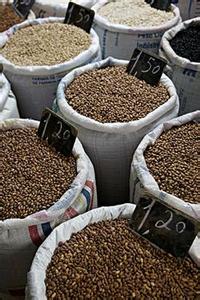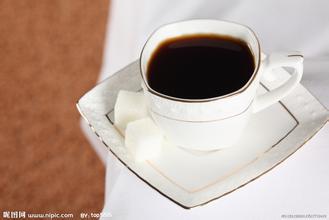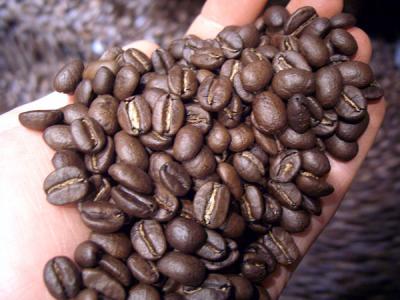Flavor description of Honduran coffee beans the characteristics of regional varieties by taste treatment
Flavor description of Honduran coffee beans the characteristics of regional varieties by taste treatment
Its Honduran coffee comes from El Salvador. Coffee production was lukewarm at first until the frost in Brazil in 1975. At that time, Brazil was badly hit and coffee production plummeted, while Honduras took the opportunity to "take the top". Coffee production soared from 500000 bags to 1.8 million bags and was ransacked. It was only after that that coffee production in Honduras really developed.
The granules of coffee beans in Honduras are large in shape, uniform in size and glossy in color. In order to facilitate harvesting, farmers will prune the coffee trees to no more than 150 centimeters, because if they grow too high, they have to set up ladders to pick, which is not only time-consuming, but also may damage the trees by bending branches. As the ripening period of each fruit of coffee beans is different, in order to maintain the good quality of coffee beans, it is necessary to pick them manually, and then select the ripe fruits. For coffee fruits of the same branch, it often takes several weeks to pick them all.
Its kind of Brazilian coffee, such as Rio, Parana, etc., can be produced in large quantities because it does not require too much care. Although it tastes rough, it is a kind of high-quality and inexpensive coffee with its own standards due to its distribution all over the country and its varied solid quality (NO.2-NO.8 according to the number of sundries, NO.13--NO.19 according to the size of beans, and six grades according to taste). Almost all Arabica varieties are of good quality and stable in price. The most famous one is "Brazil Santos", which has been a necessity of blended coffee and is familiar to the public since ancient times. Recently, the "Guilma Cup" is also highly rated.

Important Notice :
前街咖啡 FrontStreet Coffee has moved to new addredd:
FrontStreet Coffee Address: 315,Donghua East Road,GuangZhou
Tel:020 38364473
- Prev

Description of different flavors of coffee beans treated with water and sun honey
Taste difference of coffee beans treated with water and sun honey description coffee beans are also wrapped in the pericarp with a moisture content of 50%, which must be dried to reduce the moisture content to 12%, otherwise they will continue to be mellow, moldy and rotten. The better treatment is to use sunlight to dry, although it will take 1-3 weeks, but the flavor is very good and very popular. In addition, machines are used in some places
- Next

Which varieties of coffee beans are treated with red wine to describe the taste?
Which varieties of coffee beans use the flavor description of red wine treatment to introduce the red wine treatment of coffee beans, which can also be called red wine treatment, inspired by the brewing technology of red wine. At present, only eight estates in Colombia have successfully introduced coffee beans treated in this way to the market. According to the data of these eight estates, we can roughly identify the types of red wine treatment.
Related
- Guji coffee producing area of Guji, Ethiopia: Humbela, Shakiso, Wulaga
- What is the most expensive variety of Qiloso in BOP multi-variety group?
- How to store the coffee beans bought home?
- Why are Yemeni coffee beans so rare now?
- Ethiopian Sidamo all Red Fruit Sun Sun Santa Vini Coffee beans
- SOE is mostly sour? What does it mean? Is it a single bean? what's the difference between it and Italian blending?
- Is Italian coffee beans suitable for making hand-brewed coffee?
- How to choose coffee beans when making cold coffee? What kind of coffee beans are suitable for making cold coffee?
- Just entered the pit to make coffee, what kind of coffee beans should be chosen?
- Can only Japan buy real Blue Mountain Coffee? What are authentic Jamaican Blue Mountain coffee beans?

